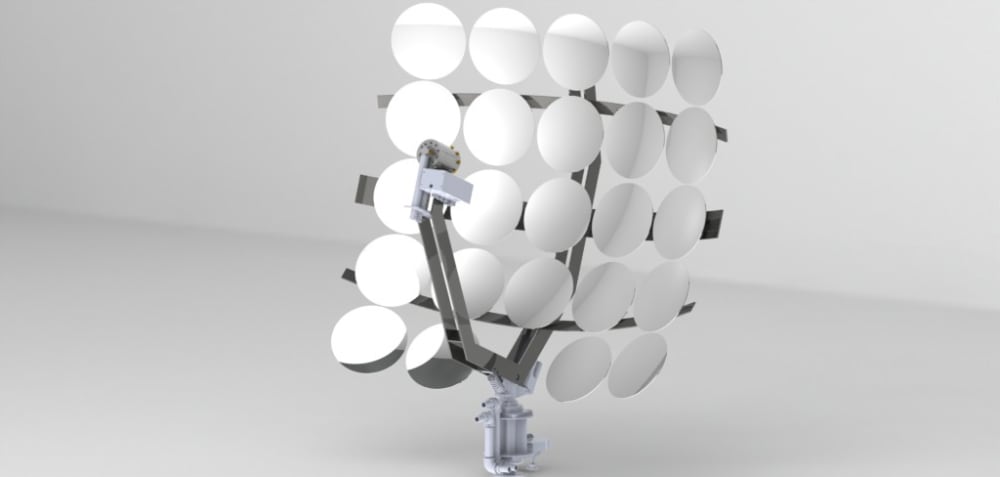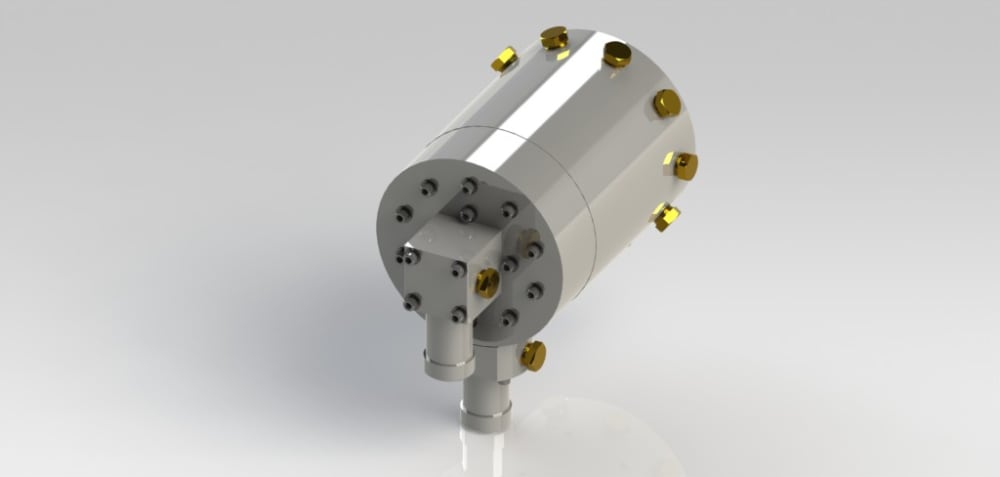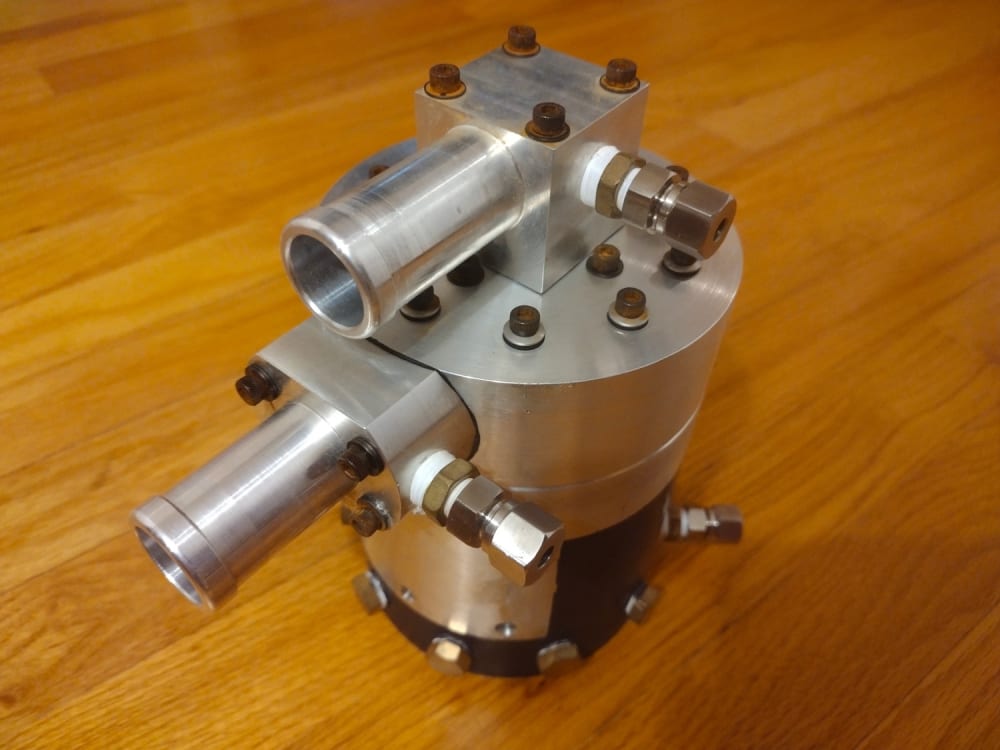The typical sources for renewable energy utilize wind, hydro, or solar. In regards to solar, the predominant devices used are solar panels to convert solar energy into electricity. However, despite their apparent environmental benefits, solar panels are fabricated using toxic chemicals, metals, and processes that exist throughout the production, usage and disposal life-cycle. Chemicals and metals such as cadmium can leach from the panel as they are exposed to rainfall, and recycling of panels is very costly and difficult due to all elements not being easily separable.
Concentrated solar power (CSP) generation, when implemented, is usually on a large scale for higher efficiencies. My proposal is to develop a concentrated solar power generation unit that operates on a small, individual level, utilizing materials and processes that lessen the environmental impact, while simultaneously bridging the gap between it and the ubiquitous solar panel.
The first innovation stems from using parabolic mirrors. Despite their efficiency compared to trough based mirrors, their fabrication is more intensive. My approach would involve using hydro-forming to quickly form sheet steel to the required shape. After shaping and trimming, batches of mirrors would be semi-finished and smoothed in vibratory tumblers with reusable media. Rather than using extensive polishing methods, I would vapor deposit aluminum to form the mirror. The lower efficiency due to not polishing would be offset by the labor and time saved in fabrication.
The second innovation would be to allow the CSP to either focus the solar energy onto a water jacket to heat water, or onto a sterling engine coupled to a generator for electricity. This saves the huge investment cost of using steam turbines.
The final innovation is using common metals such as steel and aluminum. Though the fabrication of steel has its own impacts, the ability to refurbish mirrors upon damage or wear, and to recycle steel, increases their usable life span and prevents unneeded waste.
Feasibility:
I have already fabricated a small scale unit as well as the water jacket. Through the prototype, I have improved on the design and arrived at the hydro-forming step. The original prototype used individual mirrors, which was not only labor intensive, but recycling was questionable. This new design uses far less components, while also allowing the same hydro-forming process to be tailored for larger and smaller installations by simply adjusting the final shape of the mirror to allow for shorter or longer focal distances. Finally, with the water jacket I have designed, it allows for a variation in adjustment of the mirrors which minimizes the labor required to accurately position them.
Marketability:
Solar panels continue to forge ahead at an accelerating pace. Despite the technology existing for decades, its widespread and mainstream adoption has only been relatively recent. With a lifespan of approximately 20 years, they will find their way into landfills. My proposal will offer an alternative to solar panels, to not only generate electricity, but hot water as well, with a lower environmental impact.
Like this entry?
-
About the Entrant
- Name:Robert Herman
- Type of entry:individual
- Software used for this entry:Solidworks
- Patent status:none








